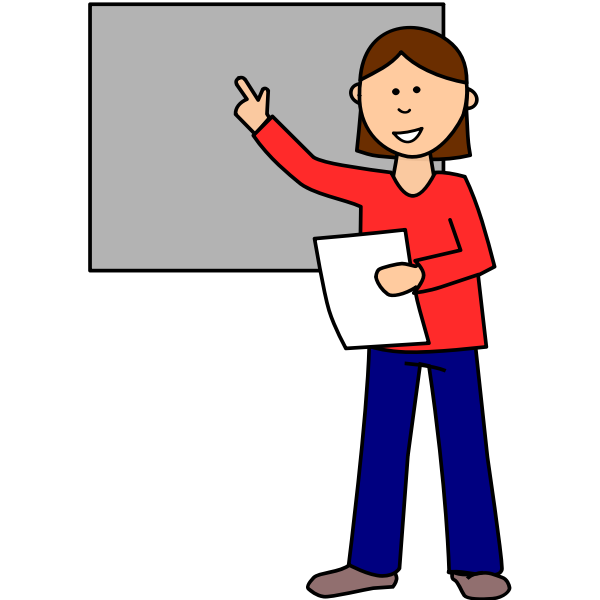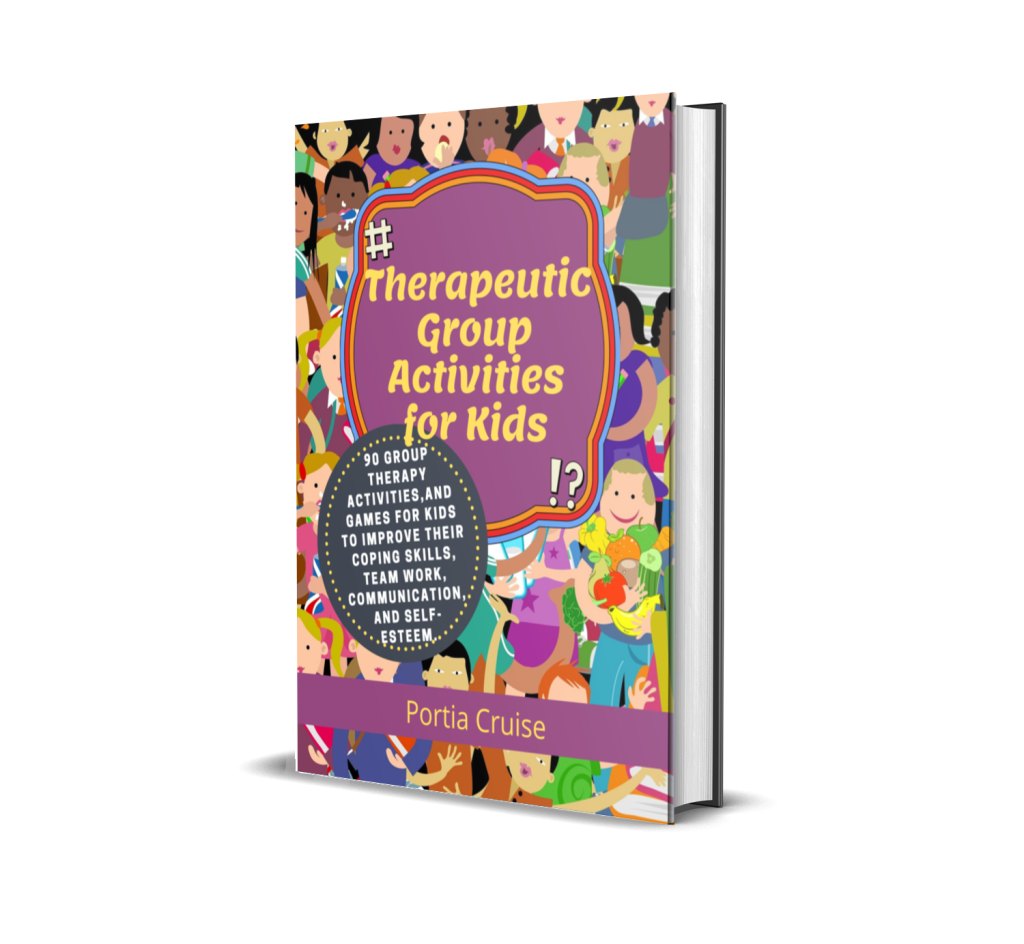How Teachers Use Group Therapy for Teens to Make School Awesome!

Educators play a pivotal role in shaping the lives of teenagers, not only academically but also emotionally and socially. One powerful approach to engaging and supporting teens is through the use of group therapy. By incorporating group therapy techniques into your teaching practices, you can create a dynamic and inclusive classroom environment that fosters personal growth, resilience, and meaningful connections.
One challenge many educators face is running out of activities to use with the kids so that they do not get bored. Many therapists, as well as teachers, find that having a book like “Therapeutic Group Activities for Kids”, with its over 90 different activities is often a good start on having successful sessions with the teens.
Let’s explore how you can utilize group therapy to empower your students and cultivate a positive learning community.
Understanding Group Therapy for Teens
Group therapy brings together a group of teenagers under the guidance of a trained therapist or counselor. It provides a structured space for them to share their thoughts, emotions, and experiences. It serves as a powerful tool to enhance their self-awareness, empathy, and coping skills.

In these sessions, teens learn that they are not alone in their challenges and that their peers can offer valuable insights and support.
Benefits of Group Therapy in the Classroom
Integrating group therapy into your classroom offers numerous benefits. It creates a sense of belonging among students in the same age group, as they realize that others share similar struggles as they do.
Through group discussions and shared experiences, teens develop stronger and better social and emotional skills. With these skills, you will find that they would have acquired better communication, active listening, and better conflict-resolution skills.
With these new skills, they are not better equipped to deal with stress, build resilience, and develop a positive self-image, which translates into improved academic performance and overall well-being.
Topics We Can Address in Group Therapy
Knowing what to include in your sessions with the teens is an essential part of having a successful outing with the kids. When done properly, you can use it as a platform to address a wide range of relevant topics that resonate with teenagers. The kids can then get not only get to trust you, but they can also get to like you.
Academic stress and test anxiety, body image and self-esteem, bullying prevention, peer relationships, and managing transitions are just a few examples of the challenges today’s teens face. By delving into these subjects, students gain valuable insights, strategies, and support to navigate the challenges of adolescence successfully.
Implementing Group Therapy in the Classroom
Imagine a classroom where academic success and emotional well-being go hand in hand, fostering a sense of belonging, resilience, and personal growth.
By integrating group therapy into your teaching practices, you can unlock a world of possibilities, engaging your students in profound ways and empowering them to navigate the complexities of adolescence with confidence and compassion
With group therapy, you can cultivate a classroom experience that ignites curiosity, nurtures connections, and fosters lifelong growth.
Facilitating Group Therapy Sessions
To facilitate meaningful group therapy sessions, it is important to consider the following tips:
- Ensure you have clear goals and objectives for each session by focusing on specific topics or skill development for that session.
- Begin each session with icebreaker activities to make the kids feel comfortable and involved.
- Encourage active participation and respectful communication, ensuring that each student has an opportunity to share their thoughts even if this requires prompting the quiet ones.
- Guide discussions and facilitate reflection by asking open-ended questions and encouraging a deeper exploration of emotions and experiences.
- Incorporate creative and interactive exercises, such as art, role-playing, or journaling, to promote self-expression and deeper understanding.
- Take advantage of creative resources and tools for further self-reflection and growth outside of group therapy sessions.
- Have a system of documenting each session and other take-home activities by using a workbook like this one.

Collaboration with Parents and School Staff
To maximize the effectiveness of group therapy, it is essential to involve parents and collaborate with other school staff. Inform parents about the benefits and goals of group therapy, seeking their support and engagement.
Remember to provide feedback, and share progress reports and insights with parents, school counselors, and administrators to ensure a holistic approach to student well-being. You should also try to actively solicit for ideas, input, and feedback from fellow teachers to enhance the overall support system within the school.
Overcoming Challenges and Ensuring Success
Managing kids comes with its own challenges, you should expect to have to manage conflicts that may arise as the number of sessions begins to increase.
Do not be deterred if you are accused of favoring some students over others. Take that as a form of feedback and discuss with the class how best in ensuring better student participation and fairness.
It is important to adapt the approach to suit the diverse needs of your students. Regularly evaluate the effectiveness of group therapy and make necessary adjustments to create an inclusive and engaging environment for all participants.
Case Studies and Success Stories
There are many real-life examples that can illustrate the impact of group therapy in the classroom.

Consider Jessica, a high school student from North Carolina, struggling with low self-esteem and social anxiety. Through group therapy sessions, she discovered a supportive community where she could openly express her thoughts and feelings.
With guidance from her peers and the therapist, Jessica learned effective coping strategies and developed a stronger sense of self-worth. Over time, her confidence grew, and she began actively participating in class, forming meaningful friendships, and excelling academically.
Another example is Michael, a tenth-grade student facing difficulties with anger management and conflict resolution. Through group therapy, he learned to identify and regulate his emotions, communicate assertively, and resolve conflicts peacefully. As a result, Michael experienced improved relationships with his peers, decreased disciplinary issues, and a renewed focus on his studies.

Group therapy is a powerful tool that empowers educators to create an inclusive and supportive classroom environment. Incorporating group therapy techniques in your teaching can foster meaningful connections among students, enhance their social and emotional skills, and promote overall well-being.
Remember to set clear goals, facilitate open and respectful discussions, and collaborate with parents and school staff to ensure a holistic approach. As you witness the positive impact of group therapy on your students’ lives, you will see your classroom transform into a space where teenagers thrive academically, emotionally, and socially.
Pingback: 9 Best Dad Joke Books You Need to be a Great Dad in 2023